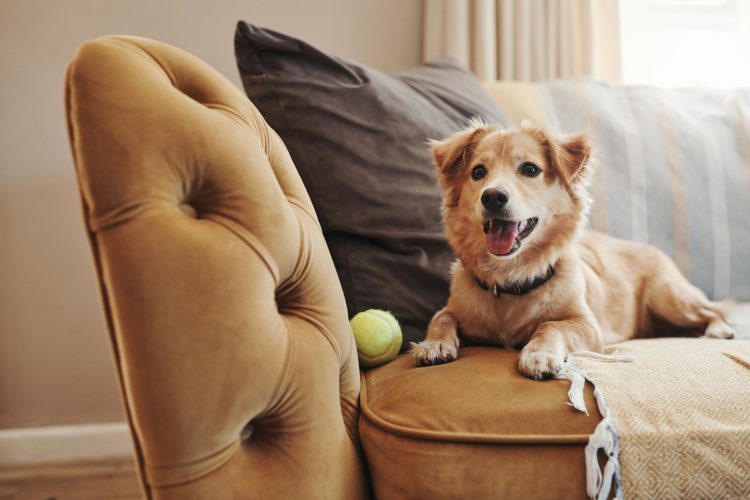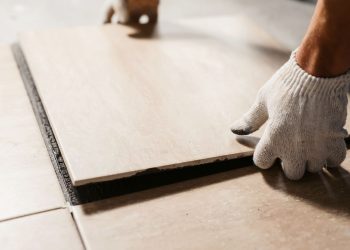Many people can’t imagine life without their pets, but there’s no doubt that a dog or cat can wreak havoc inside the home. By understanding your pet’s needs and providing the right training, you can protect your furniture and avoid messes and stress.
Set Rules Early and Be Consistent
Ideally, as soon as you bring a dog or cat home, you’ll begin to set ground rules. If you instill the behaviors you want in the first few days, you won’t have to struggle to break bad habits later.
Being consistent is critical to avoid confusing your pet. Make sure that all family members are on the same page.
Use Praise and Positive Reinforcement
When training your pet, reward desirable behaviors and redirect the animal when it does something you don’t like. Shouting and punishment can frighten a pet, but they can be ineffective training strategies.
Teach Your Pet Where It Is and Isn’t Allowed to Go
If you don’t want your cat or dog to sleep on the couch or on someone’s bed, provide the animal with its own place to sleep, such as a pet bed or a crate. Whenever the animal goes somewhere you don’t want it to go, redirect it to its own space.
Cover the Furniture
A slipcover can be a simple and effective way to shield your furniture from potential pet damage. Look for a cover that’s machine washable. If your pet leaves hair on the couch, you’ll be able to simply toss the cover in the washing machine. Another option is to place blankets or throws on furniture.
Groom Your Pet
If you allow your pet to sleep on the furniture, you’ll have to brush the animal regularly and either trim its nails yourself or take it to a professional groomer. If your pet goes outdoors, clean its paws when it comes inside so it doesn’t get dirt all over your furniture and floors.
Understand Your Pet’s Normal Behavior
Chewing is normal for dogs, and scratching is normal for cats. Provide chew toys or a scratching post. If you catch your pet chewing or scratching the furniture, redirect it.
Encourage Your Pet to Play
Animals need exercise to release pent-up energy. A pet that doesn’t get enough physical activity can become restless and anxious, and it will be likely to chew or scratch furniture. Take your dog for daily walks or trips to a dog park, play with your cat and make sure your pet has toys that will keep it entertained when you’re not home.











